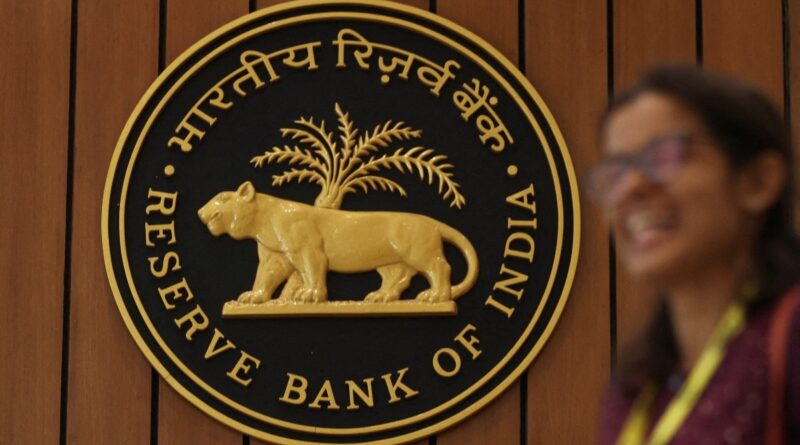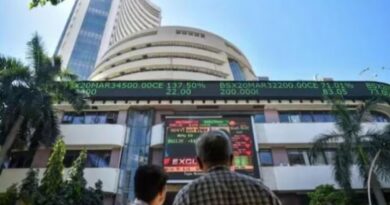RBI MPC keeps repo rate unchanged remains highly alert on inflation economic growth. Here are 10 key takeaways
Reserve Bank of India (RBI) Governor Shaktikanta Das said on Friday that the Monetary Policy Committee (MPC) decided to unanimously keep the key policy rates unchanged, citing easing inflation and strong economic growth.
Governor Das, however, highlighted that the MPC decided to remain focused on withdrawal of accommodation to ensure that inflation progressively aligns to the target, while supporting growth.
During his policy speech, the RBI Governor said the Indian economy has shown resilience despite ongoing global uncertainty and has the potential to witness further growth. He also discussed inflation trends and shared projections for the ongoing financial year.
Here are 10 key takeaways from the RBI’s monetary policy:
Global economic uncertainty: Shaktikanta Das said the period from 2020 to 2023 has seen unprecedented global economic upheavals with frequent black swan events. While signs of a slowdown are evident worldwide, Emerging Market Economies (EMEs) have demonstrated resilience despite ongoing uncertainties.
Indian economy’s resilience: In contrast to global challenges, the Indian economy remains robust with real GDP growth surpassing expectations in Q2 of the current financial year. Strong fundamentals, healthier balance sheets for banks and corporates, fiscal consolidation, manageable external balance, and substantial forex reserves contribute to a positive outlook.
MPC rate decision: The MPC, in its recent meeting, unanimously decided to maintain the policy repo rate at 6.50 per cent. The standing deposit facility (SDF) rate remains at 6.25 per cent, while the marginal standing facility (MSF) rate and the Bank Rate stand at 6.75 per cent. The MPC aims to withdraw accommodation gradually to align with inflation targets while supporting growth.
Inflation trends: Consumer Price Index (CPI) headline inflation moderated to 4.9 per cent in October from 7.4 per cent in July. Core inflation witnessed a broad-based easing, reflecting successful disinflation through monetary policy. Risks to food inflation could lead to an uptick in November and December, demanding close monitoring.
“Against this backdrop, the MPC decided to keep the policy repo rate unchanged at 6.50 per cent, but remain highly alert and prepared to undertake appropriate policy actions, as warranted,” RBI Governor Shaktikanta Das said.
Economic activity highlights: Economic activity in India exhibited buoyancy in Q2, driven by strong domestic demand, robust GDP growth of 7.6 per cent, and positive indicators across various sectors. Services and manufacturing sectors, along with high GST collections, underscore the resilience of the Indian economy.
Growth and inflation projection: Real GDP growth for 2023-24 is projected at 7.0 percent, with Q3 at 6.5 percent and Q4 at 6.0 percent. Inflation is expected to be at 5.4 percent for the fiscal year, with Q3 at 5.6 percent and Q4 at 5.2 percent.
Monetary policy stance: Despite the positive economic outlook, the MPC emphasizes the need for an actively disinflationary policy to ensure alignment with the 4.0 percent CPI target. Policy actions will remain cautious, considering uncertainties and risks associated with supply-side shocks.
Liquidity and financial market conditions: The Reserve Bank has successfully reduced its balance sheet size, and liquidity conditions have tightened due to factors like currency leakage during the festive season. The Reserve Bank remains nimble in liquidity management.
Financial stability measures: Pre-emptive measures have been taken to address potential risks and preserve the resilience of the financial sector. The Reserve Bank emphasises the importance of prudence for regulators and regulated entities.
External sector resilience: India’s external sector exhibits resilience with merchandise exports and imports entering the expansionary zone. Foreign portfolio investment (FPI) flows have reversed to significant inflows, and India’s foreign exchange reserves stand at US$ 604 billion as of December 1, 2023.




